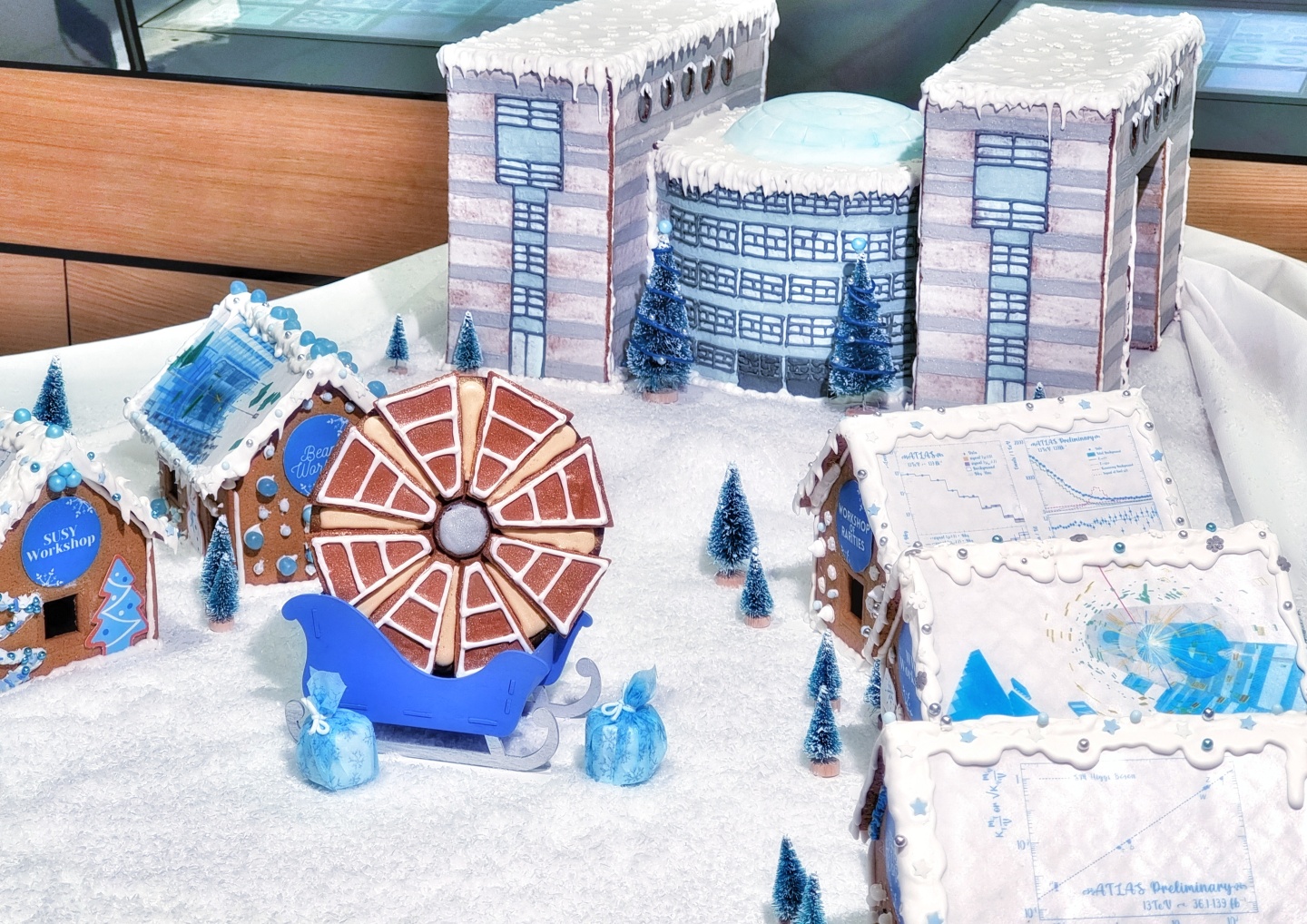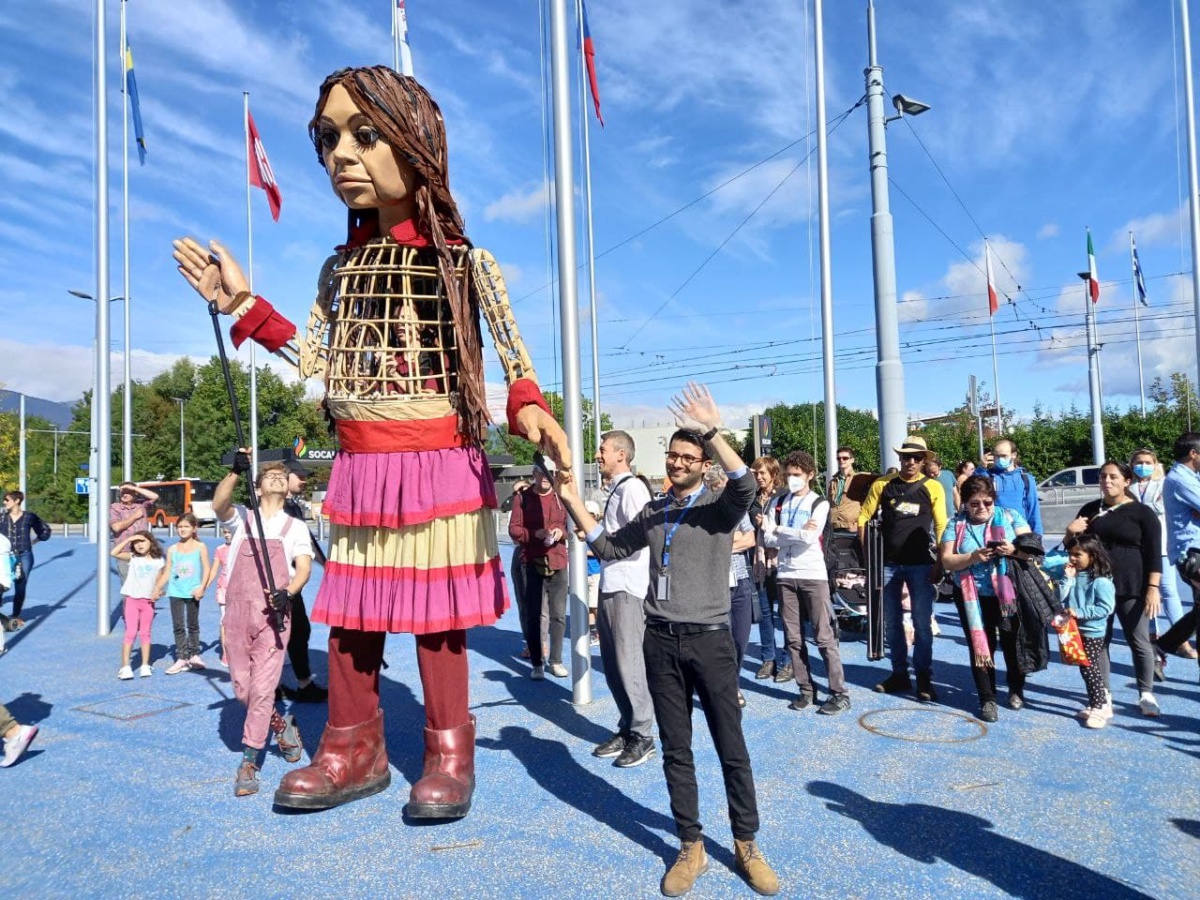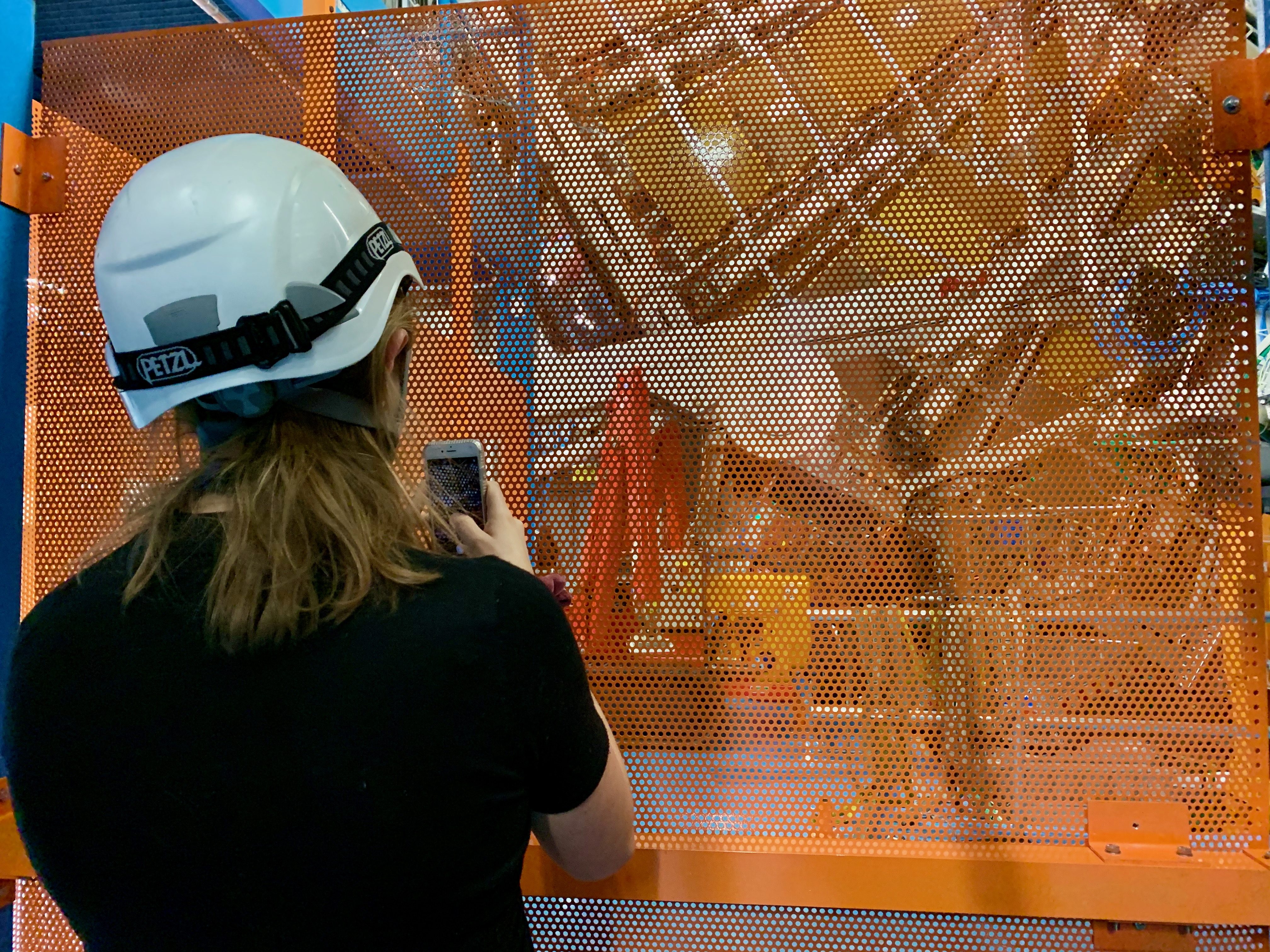ESA/NASA astronaut Christer Fuglesang visits the ATLAS cavern
14 June 2007 | By


On 14 June, 2007, ESA/NASA astronaut Christer Fuglesang visited the ATLAS cavern. A former CERN fellow working on ATLAS, Christer went on to become the first Swedish astronaut and participated in the STS-116 Space Shuttle mission to the International Space Station last December. He is seen here (at right) with his family, Peter Jenni and Kerstin Jon-And.
On 9 December 2006, the former ATLAS physicist Christer Fuglesang was launched into space onboard the STS-116 Space Shuttle flight from Kennedy Space Center in Florida. Christer worked on the development of the accordion-type liquid argon calorimeter and SUSY simulations in what eventually became ATLAS until summer 1992 when he became one out of six astronaut trainees with the European Space Agency (ESA). His selection out of a very large number of applicants from all over the ESA member states involved a number of tests in order to choose the most suitable candidates. As ESA astronaut Christer trained with the Russian Soyuz programme in Star City outside of Moscow from 1993 until 1996, when he moved to Houston to train for space shuttle missions with NASA. Christer belonged to the backup crew for the Euromir95 mission. After additional training in Russia, Christer qualified as Soyuz return commander in 1998.
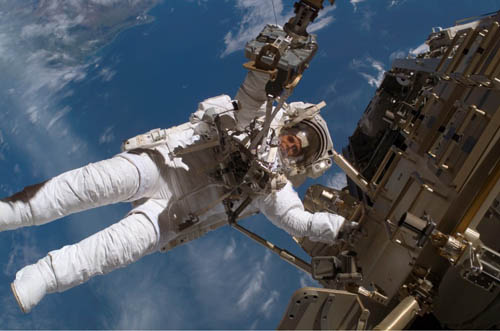
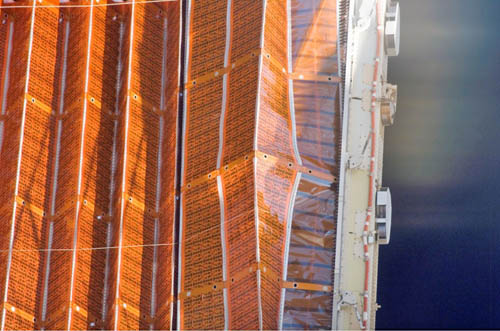
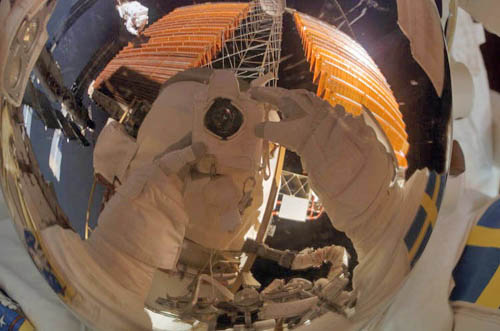
During his 13-day mission to the International Space Station (ISS), Christer made three space walks successfully installing a new truss segment and rewiring part of the the electrical system of the solar panels. During the final space walk, he and his colleague Robert Curbeam, managed to fold back a set of solar panels that was partially blocking the movements of new segments.
Since leaving ATLAS in 1992, Christer has continued research. He has participated in the SilEye experiments designed for radiation monitoring in space and to study radiation effects on astronauts, especially the origin of light flashes seen by astronauts in orbit. Christer has furthermore initiated the Desire project where GEANT4 is used to estimate radiation doses for astronauts in the European research module of ISS, Columbus, to be launched later 2007.

